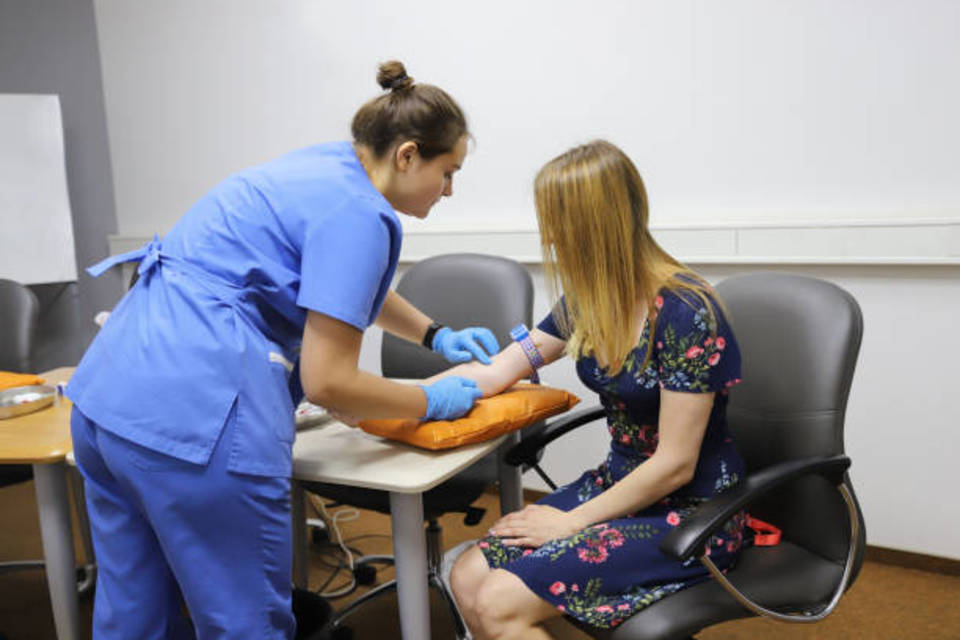London (Parliament Politic Magazine) – Long COVID (LC) is distinguished by the persistence of symptoms associated with COVID-2019 (COVID-19) for a duration exceeding four weeks after the initial acute infection. Within the confines of the United Kingdom (UK), millions of individuals have been affected by Long COVID (LC); nonetheless, the impact of LC on healthcare systems has yet to be thoroughly examined.
Enhancing our comprehension of healthcare utilization in this context could offer valuable insights for the improvement of clinical care, service delivery, and the formulation of healthcare policies. In this current population-based study, investigators analysed the extent and financial implications of healthcare usage among individuals with Long COVID (LC) in the United Kingdom (UK).
Medical Records of Adult Participants
To access the electronic medical records of adult participants in the CVD-COVIDUK/COVID-IMPACT study who were diagnosed with LC between January 2020 and January 2023, the research team utilized the National Health Service (NHS) England/British Heart Foundation (BHF) Secure Data Environment (SDE).
Healthcare utilization, which is defined as the frequency of healthcare visits or consultations per person, encompassing primary care from general practitioners (GP), secondary care including inpatient (IP), outpatient (OP), and emergency care department (ED), as well as expenses adjusted for inflation in pounds (£), were computed for both Long COVID (LC) patients and the control group on a monthly, yearly, and calendar-year basis across all categories.
Long COVID (LC) phenotypes were established by analyzing data from SNOMED-CT and the international classification of diseases, tenth revision (ICD-10) codes found in primary and secondary care records, which encompassed information from Hospital Episode Statistics (HES) outpatient (OP) and admitted patient care (APC) records, Emergency Care Data Set (ECDS), and the COVID General Practice Extraction Service Data for Pandemic Planning and Research (GDPPR).
Results
The study encompassed a total of 282,080 Long COVID (LC) patients, with a median age of 48 years, of which 62% were female. The control groups were comprised of the following categories: individuals with COVID-19 only and no Long COVID (1,112,370 individuals), pre-pandemic individuals (1,031,285 individuals), non-COVID-19 contemporaries (1,118,360 individuals), and individuals who had Long COVID at an earlier stage (pre-Long COVID, 282,080 individuals).
Long COVID patients exhibited greater healthcare utilization on a per-individual basis each month per year when compared to control groups in primary care and outpatient settings.
In the case of emergency department (ED) and inpatient (IP) care, Long COVID patients displayed higher healthcare utilization than the controls, except for the COVID-19-only group without Long COVID. Non-COVID contemporaries had the lowest healthcare resource utilization. Over the years from 2020 to 2023, healthcare utilization by Long COVID patients showed a progressive increase when compared to the control groups.
On an annual basis, Long COVID patients had a notably higher number of visits to their general practitioners (GPs), with a mean difference of 13 visits per individual per year, and they also made more outpatient visits, totaling 3.3 visits per individual per year, when compared to the control groups.
Read More: How to Choose the Right UK Health Insurance?
COVID Cases on The Rise
The control group with the second-highest number of inpatient and emergency department (ED) visits was the COVID-19-only group without Long COVID, with 0.9 and 0.8 visits per individual annually, respectively.
The duration of inpatient visits and hospitalizations in the critical care department was longest among the COVID-19-only group without Long COVID, with mean values of 5.4 days and 0.6 days, respectively.
In contrast, the control groups of individuals with pre-long COVID and pre-COVID-19 cases demonstrated similar rates of healthcare utilization, albeit lower than those observed in the non-COVID-19 contemporaries group.
The average annual cost per Long COVID patient was notably higher in the Long COVID group (£3,350) compared to the control groups, with the following figures: pre-COVID-19 (£1,210, mean excess expense: -£2,235), COVID-19-only without Long COVID (£1,283), and pre-long COVID (£870). The COVID-19 and no-long COVID group had the highest cost at £5,961.
Post-diagnosis, almost all Long COVID patients utilized primary care, with 47% of visits for general practitioner (GP) consultations, 36% for laboratory investigations, and 18% for prescriptions. Among Long COVID patients, 57% had outpatient appointments post-diagnosis, with 30% referred from non-emergency departments (ED), 41% from GPs, 3.8% from ED, and 25% from other departments.


